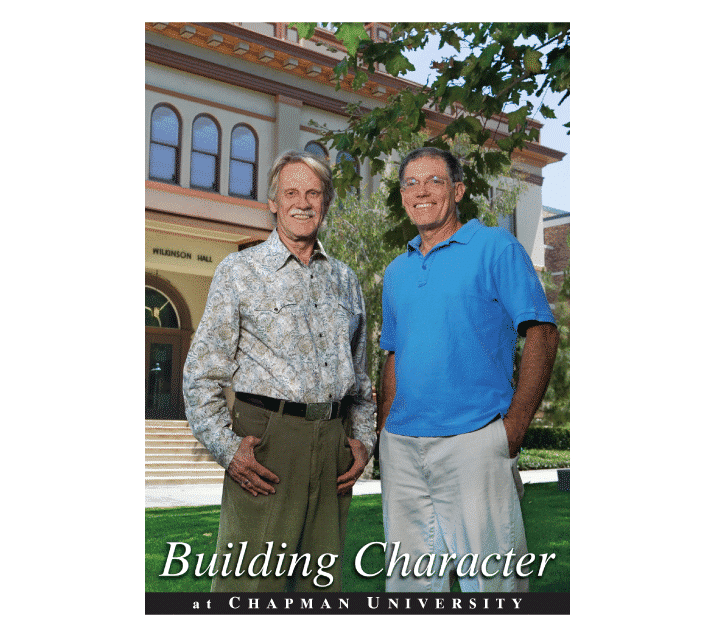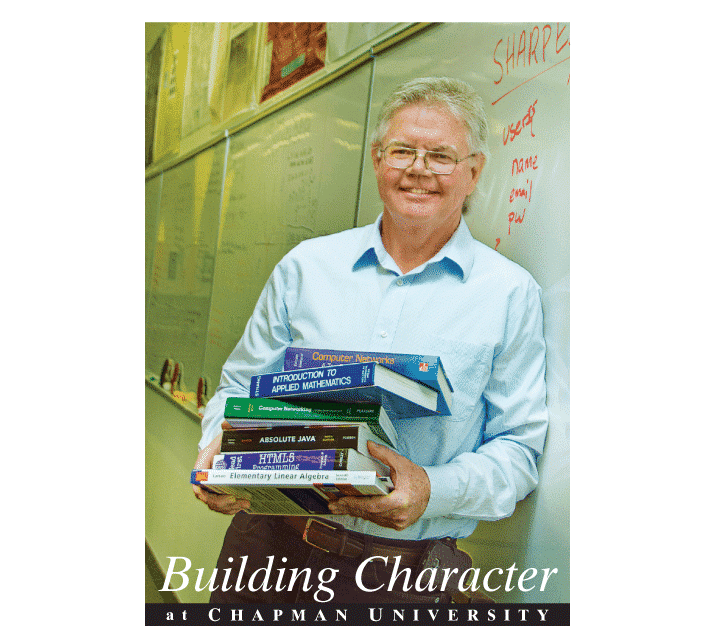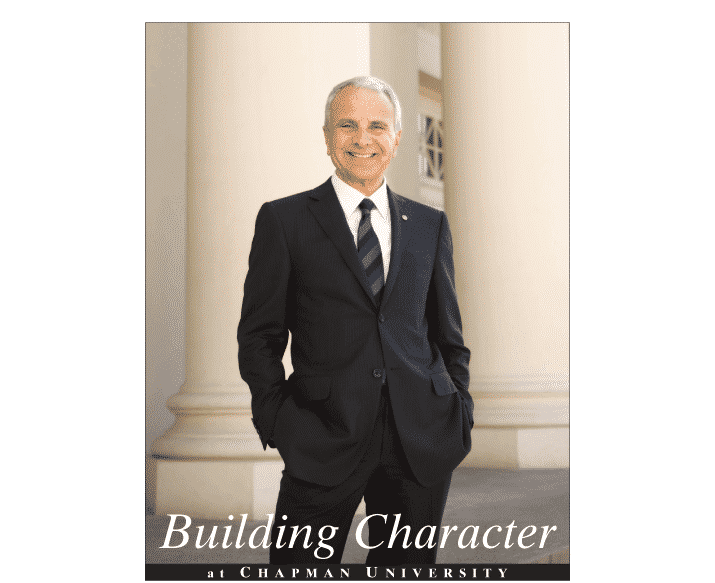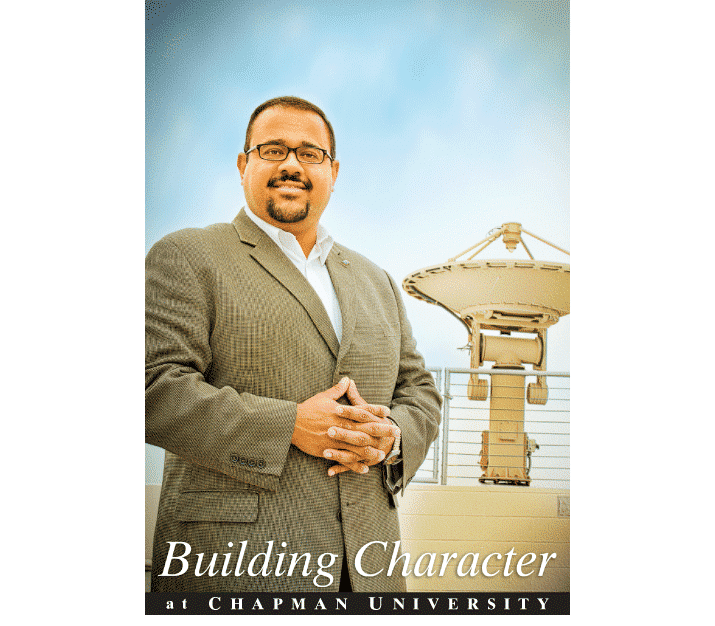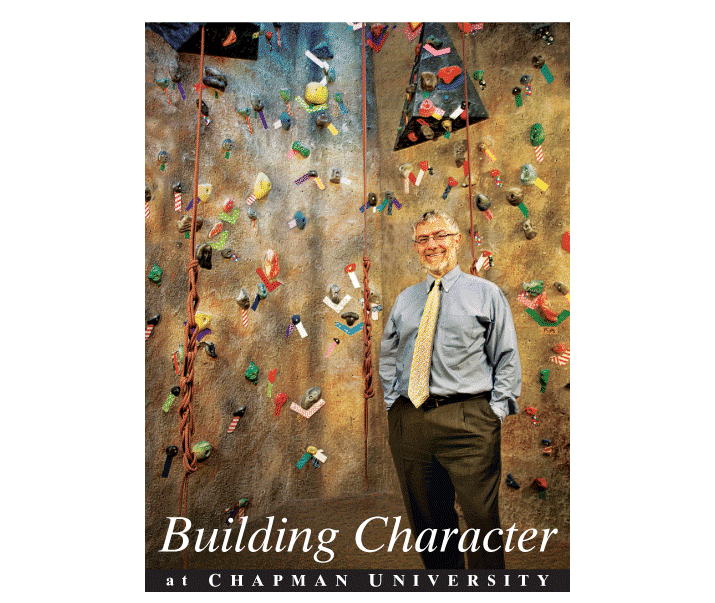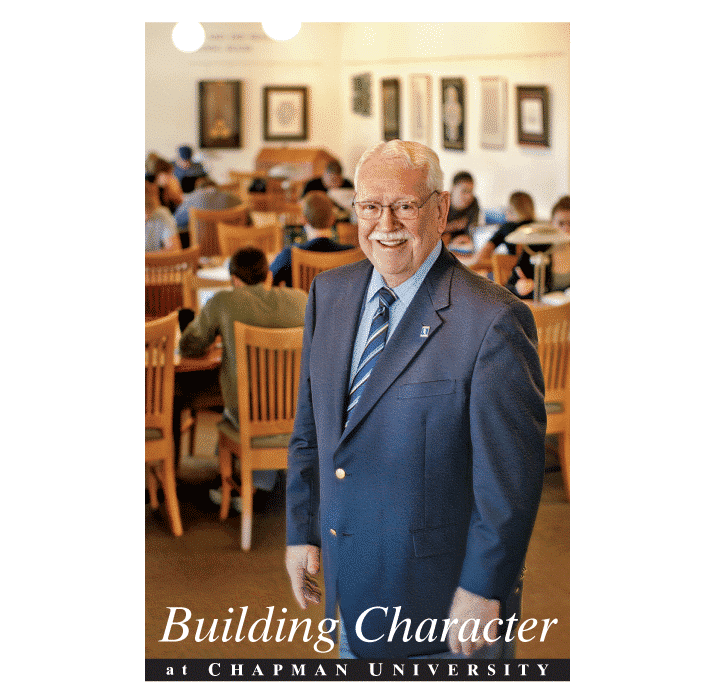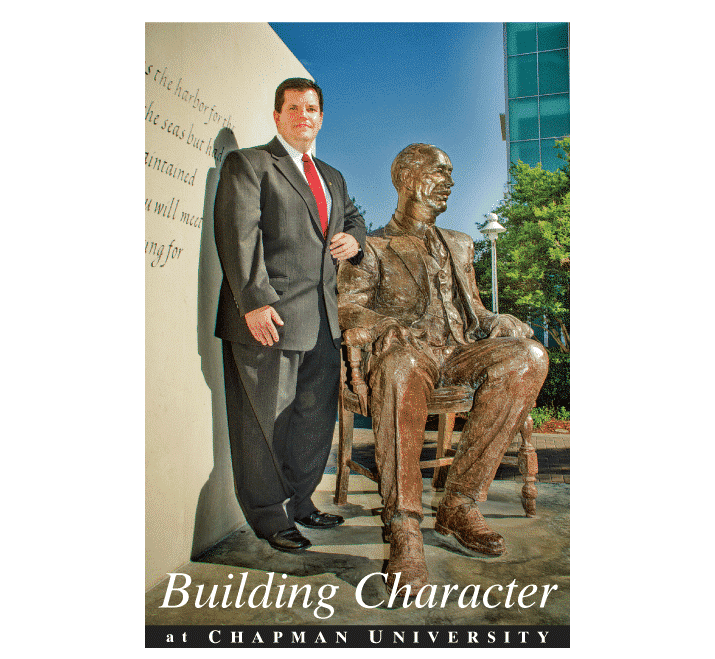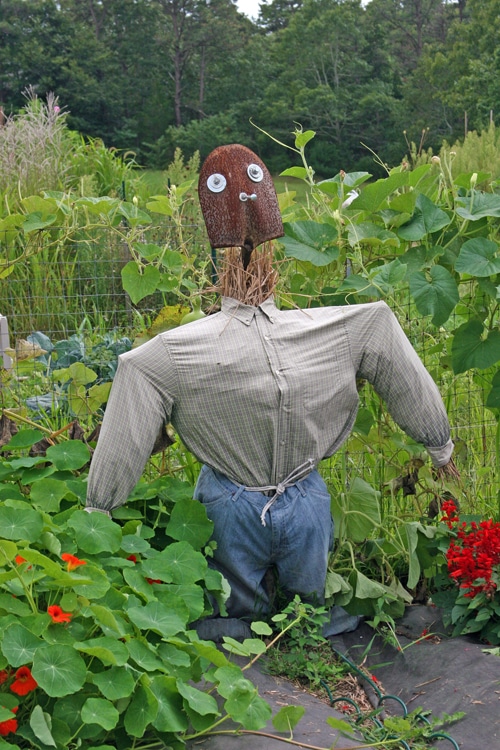How much should your business spend on Facebook advertising? I know a lot of people are looking for a simple answer—like half of what you spend on Google or $500 a month.
I’ve gotten this question perhaps twice a week over the last 10 years of doing Facebook ads. So, I hope we can definitively put this question to bed.
Short answer: A dollar per day
That’s the minimum you can spend on a Facebook ad—and that’s what all small businesses should start testing with, usually by boosting posts the right way.
Facebook, just like Google, may have reps that have called you, trying to get you commit to $2,500 a month or more.
You, like me, are probably thinking this is risky. How much effort is it? Will it drive sales? Is this the best use of my limited time and resources? You get around this chicken-and-egg situation by testing for a dollar per day.
No commitment, no promises, no need to hire consultants, no big time commitment, no fear of failure.
We have clients that spend $100,000 a day on Facebook ads—but they are probably not like you. They have massive media budgets and teams of people that do things like Super Bowl ads.
They budget “top down,” meaning that their spend is based on what they spent last year and a share of this years’ projected company revenues.
They can afford million dollar mistakes. You can’t.
If you haven’t run Facebook ads before, or if you’ve not had success, start here by boosting posts exactly in the way we’ll describe later in this post.
Practical answer: Spend $1 for every 100 website visitors you get each month
Sounds arbitrary, especially since all businesses are different. You could be selling info products, gym memberships, or dog toys—but this will be a good starting point.
You see, Facebook is an amplifier of what’s already working for your business. That means if you’re already driving conversions via SEO, AdWords, email, or other digital channels, Facebook will increase your efficiency.
Facebook is a remarketing engine. Yes, like those product ads that follow you around, but smarter if you do it right.
Whatever is already working, you’ll get more—more visibility, leads, more phone calls, and more sales.
Most people fail at Facebook ads because they started with an arbitrary monthly budget and just started boosting or running conversion ads to cold audiences. That either gets you a bunch of useless likes (doesn’t translate to sales) or yields no conversions. These people you hit didn’t even have a chance to learn about you, so they’re not just going to buy instantly.
Imagine if I complained to you that I went to the gym today and worked out like a madman for four hours straight, but noticed I didn’t have a six-pack by the end of the day. Why be mad about your Facebook results for the same reasoning?
Your baseline for Facebook budgeting should be how big your remarketing audiences are
That means for every 100 people that have clicked on an email of yours, for every 100 people that have come to your website, you will retarget them on Facebook.
Of course, the traffic you brought to your site should be high quality to start with, and the follow-up message on Facebook (delivered as an ad), must be good, too.
Facebook gives you another chance to deliver whatever message you were sending via email or whatever you were selling on your site.
And you do this by setting up custom audiences, a javascript pixel you place on your site or a one-click integration with your email provider.
So if you have 5,000 clicks on your emails each month and 7,000 website visits, that’s 12,000 sessions.
And at $1 per 100 visitors, you’d start your budget at $120 per month for conversion remarketing.
Of course, if you sell many products to many segments in a more complex funnel, then you could adjust this up or down, largely by whether you have content for each of these audiences. And if you find that this initial budget is profitable for you, then you’d want to keep adding money until your marginal revenue equals your marginal cost.
Expect that in a healthy Facebook account, one-third of your budget should be conversion remarketing
To “fund the machine,” meaning to initially make a profit, so you can bootstrap more spend, you’d start with remarketing.
Your engagement budget should be triple your remarketing budget to start.
All else equal, this means you are budgeting for three warm touches prior to attempting to sell them.
-
One-third of your engagement budget should be for lookalike audiences: Provided you have conversion tracking in place and have more than 30 conversions a month, Facebook will find people who look just like people who have bought. Even though these lookalikes are way bigger than your conversion sets, don’t fall into the trap of setting giant budgets here. Facebook will recommend that you jack up your budgets. Do it only if the custom audiences you yield are profitable, or if the lookalikes buy your product. We don’t recommend running lookalikes in a conversion campaign at first until you’ve exhausted your remarketing audiences and made sure they’re profitable.
-
One-third of your engagement budget should be for interest/behavioral targets: This means you’re segmenting by other products they like, life stage events, competitors they like, and other targeting criteria.
-
One-third of your engagement budget should be remarketing to further engagement: Earlier, we said to spend a dollar per 100 visitors to drive conversions via remarketing. Here we’re saying that you spend a dollar per hundred visitors to further educate them, not to sell them. Share customer stories, educate users on issues they care about, show how active you are in the community, and so forth.
So, in our example where we’re spending $120/month on conversion remarketing, we’d be spending $360/month on engagement. Thus far, we’ve layered the budget to be $480/month.
Remember, this is a starting point. You’d adjust budget up or down based on what’s profitable, your Relevance Scores, and whether you have content.
The last phase of the funnel, as we work our way up from the bottom is audience—some people call it “awareness.”
Whatever the case, the three parts of the funnel are audience, engagement, and conversion (we shorten it to AEC).
To generate a first touch (which is awareness), that then leads to engagement (initial remarketing), and then to conversion (cross-channel remarketing from search, email, and social back into Facebook conversion ads), we must do layered boosted posts.

At the start of this post, we talked about spending a dollar a day and how this is the minimum that Facebook allows per campaign.
So you might start out by boosting five to six posts and finding that perhaps one of them is doing well, based on cost per engagement or even cost per lead (if you are boosting a post with a call-to-action button).
We typically find one in five boosts tend to have decent performance, but if your content is lousy, maybe you’re one in 20.
If it’s “good,” then you extend the budget from the original dollar a day (so $7 over seven days) to perhaps $30 over another 30 days.
And over time, you might boost dozens of posts, but keep only a handful.
But this handful of posts continues to spend a dollar a day (or more, if the audience is big enough), so your total spend on boosting could be $10, $50, or even $200 per day.
If you’ve set up your funnel properly, then you have set engagement remarketing audiences to pick up from there, which then go to your conversion campaigns.
Thus, you can link all stages of your campaign to assess profitability and adjust budgets accordingly.
The amount you spend on boosting is based on how many posts you have to boost, how well those posts perform, and how long you’ve been boosting (to create more and more stacked layers of boosts that are running concurrently).
In general, we’d expect to boost to be a third of your budget, but perhaps 80 percent of your effort, because there is a lot more maintenance and testing there than in evergreen conversion or engagement funnels.
Expert answer: Manage against Revenue and ROAS counterbalanced metrics
That means you are calculating marginal profitability for every conversion ad. We know that cost-per-click (CPC) divided by conversion rate equals cost-per-acquisition (CPA).
So sorting each ad by these two primary factors will quickly tell us which ads to cut, which ads to tune, and which ads to add more money.
These two factors can each be broken down into a further set of diagnostic metrics such as:
- Relevance Score (almost identical to Google’s Quality Score, based on click-thru rate [CTR] and negative feedback)
- Frequency (over three per week in the newsfeed will typically lead to burnout)
- CTR: We know that a higher CTR usually means a lower CPC, but factors such as placement, audience size, and Relevance Score come into play
Frequency is a curious issue since when it gets too high, users will provide negative feedback (we know what it’s like to be hounded by the same ad over and over, especially if we already bought the darn thing).
So this is where you troubleshoot knowing that all campaigns are limited by either audience or budget.
Usually, businesses have an ad set that can’t spend anymore because there is no more audience, so they try to force the bid higher. Don’t waste your time bidding.
But over-riding on CPM (business-based objectives) rarely works, since Facebook’s algorithm takes into account user feedback.
You’ll need to duplicate that ad set to other audiences, rotate in new creative, or both.
If you do a lot of micro-targeting—perhaps you do workplace targeting (our very favorite technique of all techniques) or have small remarketing audiences, here’s how to determine if your ads have burned out.
You need to tune your ads daily for a few minutes at a time, instead of the workout guy I mentioned earlier who works out once a month like crazy. I like to spend 15 minutes a day.
If you’ve gotten this far, congratulations!
That means you already know that what matters is not budget, but profits. Thus, we do lots of optimizations at each of the three stages in the funnel, like we discussed above. And the sum of these changes happens to be your budget.
When your goal is to spend a certain budget, then profit is whatever random output. But if your goal is maximizing profit, then you’ll spend whatever budget happens to maximize that business outcome.
As we discussed here, getting to that point may take three to six months, since you have to iteratively build up audiences, boost content (meaning you have to have created that content, too), and used your previous period’s profits to fund your current period’s campaigns.
The heart of your funnel structure is “if/then” statements, no different than the rules you might set in Campaign Builder in Infusionsoft.
Strategically, we view Facebook as a paid message delivery platform with the same logic of email sequences, not a mass-blast media platform. And if you see this, then you know that 80 percent of your ad spend should be driven by a user’s behavior in your funnel, not your content calendar.
So at a certain point, you have to set up sophisticated funnel sequences so you can do remarketing at scale across all your channels.
Final thoughts
We’ve talked about what you should do in budgeting and optimizing. Here’s what NOT to do:
-
Have all your campaigns be conversion-oriented only. Don’t be the guy who tries to pick up ladies at the bar, engage your audience via sequences.
-
Be too shy or “busy” to create videos. Yes, you. No matter how you look, how you don’t want to be on camera, don’t have the budget to make video, pull out your iPhone and go live. Interview your customers and employees to show you’re a human.
-
Get caught up in various tools. Nowhere here did I mention any fancy tools, though we know them all. I didn’t even mention Power Editor, which is the mark of Facebook ad snobs. Better to get your strategy right first instead of hiding behind technology. If your content is lousy, no tool will overcome that.
-
Be distracted by tricks. If you believe in weight loss and get rich quick, then you might have fallen for apparent shortcuts. Don’t try to cheat the system by manual bid techniques, various software, magic potions offered by social media gurus, and whatever snake oil.
-
Hire someone to do this for you since it’s “complicated,” you’re “too busy,” and you’d rather an “expert” do it for you. Yes, a competent pro can do the mechanical parts, but you must own the GCT (goals, content, targeting). Here are 10 questions to ask people who think they might be good.
I hope I’ve answered your Facebook budgeting questions, and I hope you see that budget is the end result of many tweaks in the funnel, not an arbitrary figure you set each month.
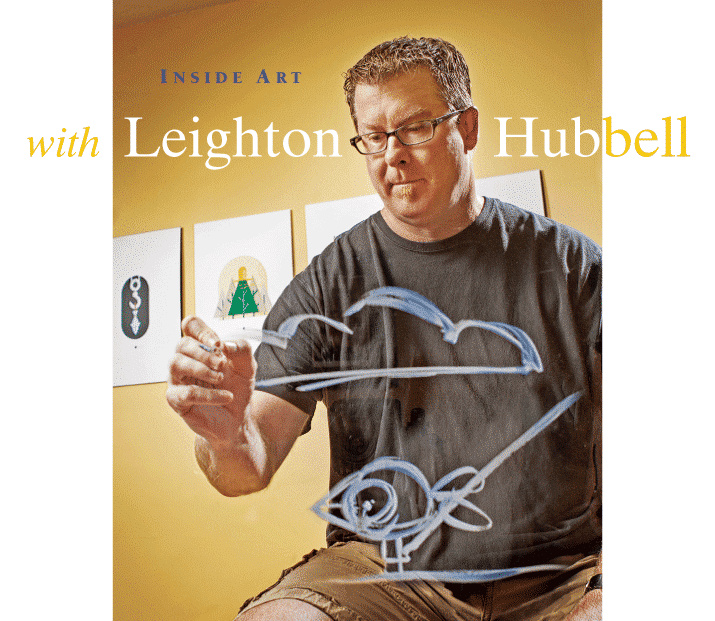




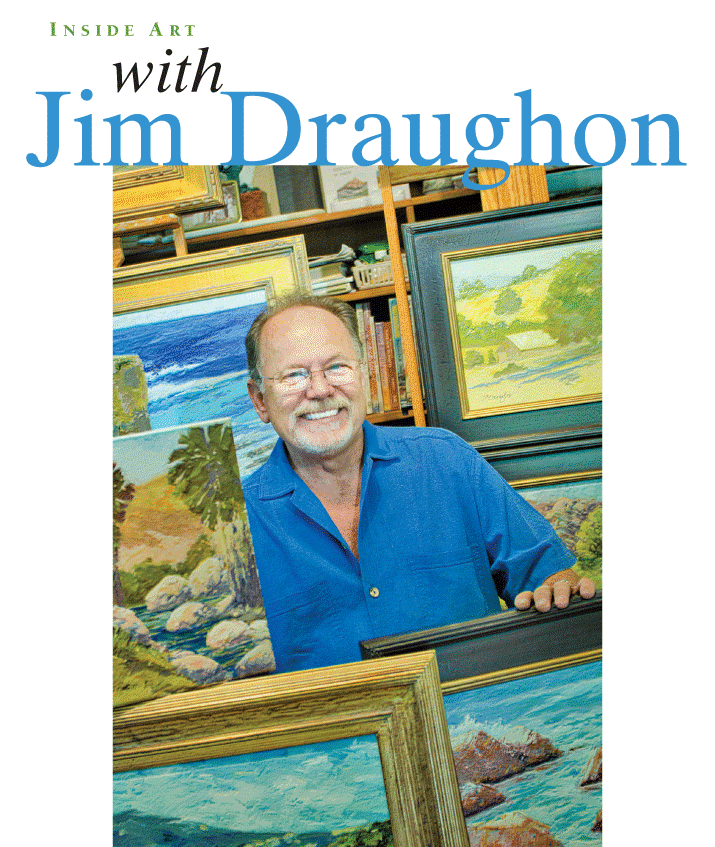












 “Many of the laws of physics in advertising and marketing — reach and frequency, brand awareness, brand preference and call to action — have been upended and replaced by brand generation to create and sustain a more substantial engagement with customers,” Uphoff explains.
“Many of the laws of physics in advertising and marketing — reach and frequency, brand awareness, brand preference and call to action — have been upended and replaced by brand generation to create and sustain a more substantial engagement with customers,” Uphoff explains.

























